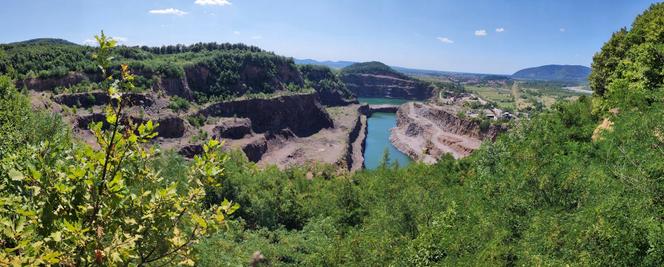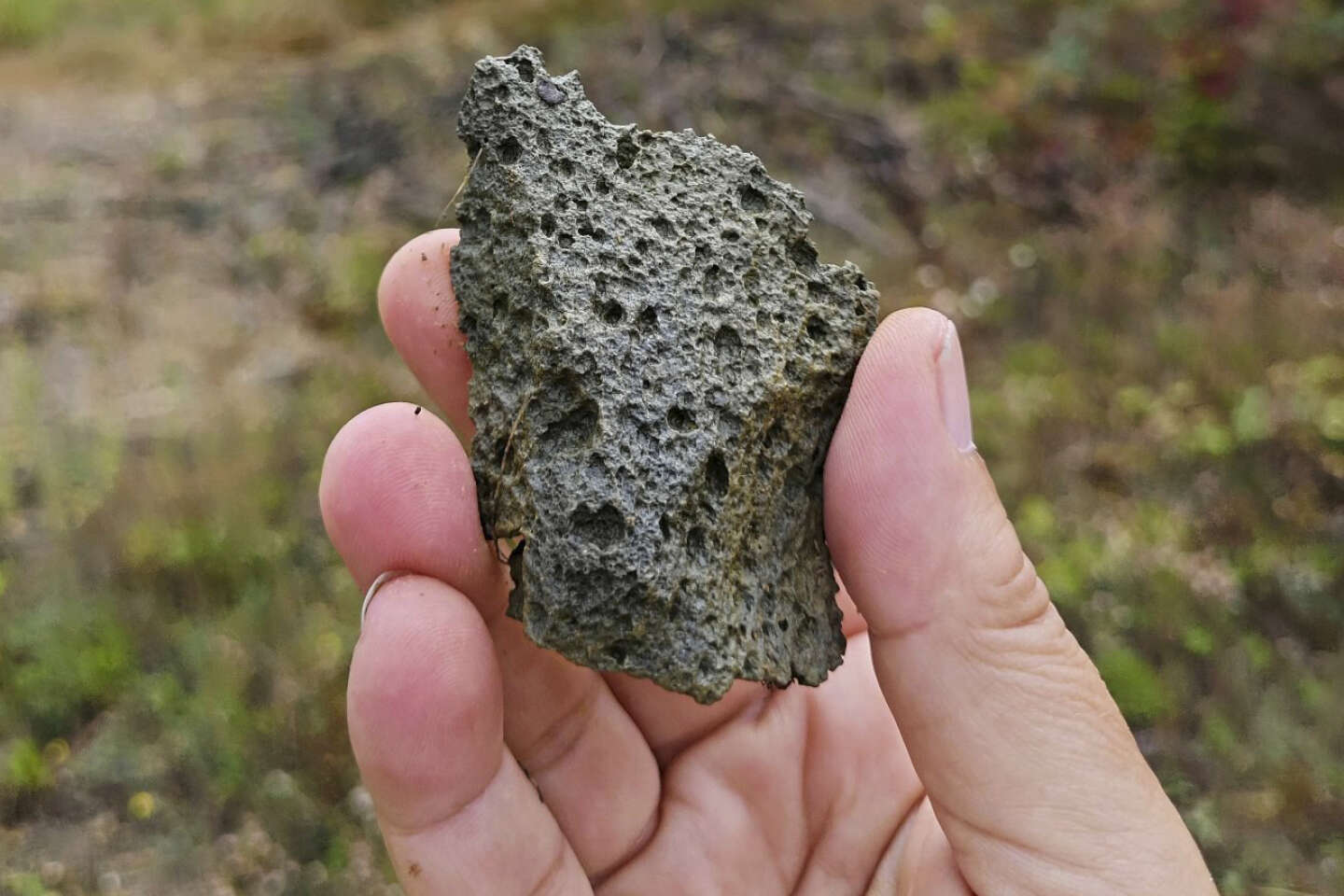
homo erectus was quite a traveler! Fossils appeared in East Africa about 2 million years ago and have been found as far away as Asia, on the Indonesian island of Java, 1.4 million years ago, but also in China, in the Caucasus and in Western Europe, before the last representatives disappeared . about 100,000 years ago.
Now we find out that it was in Ukraine about 1.4 million years ago. An article published on March 7 in Nature provides new data from cut stones found in the 1970s in a quarry in Korolevo. These tools are assigned to thehomo erectuseven though no fossils of this hominid have been found locally.
Roman Garba (Czech Academy of Sciences, Prague) and colleagues used a method based on the decay of cosmogenic nuclides to determine the age of the sediments in which the broken rocks were buried. This date is 1.4 million years old “allows us to build a temporal and spatial bridge over human dispersal, between the Caucasus (about 1.8 million years ago in Dmanissi, Georgia) and Southwestern Europe (about 1.2 million years in Atapuerca, Spain, and Vallonnet, France) »write the researchers.
Véronique Michel (CNRS Cepam, Nice), specialist in Palaeolithic dating, welcomes the documentation of such a human presence in the north during this remote period. But she notes that the study authors mention potentially similar ancient sites in Spain and Italy only in passing. “In Orce, southern Spain, two sites have been the subject of solid dating: Fuente Nueva-3, about 1.19 million and 1.5 million years old, depending on the methods used, and Barranco Leon, about 1 .4 million years ago », she remembers. She also cites Pirro Nord, in northern Italy, dating it to between 1.3 million and 1.6 million years ago, based on biochronology – based on the animal species found at the site. “To trace the history of colonization, we must name all the locations”she indicates.
“Putting together the colonization puzzle”
Régis Braucher (CNRS Cerege, Aix-en-Provence), a specialist in cosmonuclides, is not entirely convinced by the models his colleagues use to refine the dating. “With a more traditional method and the same data, I arrive at a date of 1.3 million years, plus or minus 200,000 years”, he says. This potentially makes the Ukrainian site contemporary with Western European sites, and weakens the hypothesis presented herein Nature. He plans to discuss this with his colleagues at a workshop on cosmonuclides to be held in Cologne, Germany, in May.
